|
Boerhavia coccinea - Scarlet spiderling is growing in the desert. I am seeing these all over, especially after the rains and they are blooming! These tiny blossoms are a delight to look at and can only imagine how much the pollinators will enjoy them. Nature has the abundance to teach us and so we let the plants alone to thrive to teach the next generation.
Many Blessings, Christina Grossman, MA, CCA, CH Instagram Post: https://www.instagram.com/p/CSE4FpCrURa/ Follow me here and subscribe! www.sacredreminders.com YouTube
0 Comments
Zinnia acerosa- Desert Zinnia . The Desert is singing in blossoms! Taking a walk outside yesterday was just breath taking ! Pollinators and wildlife are really enjoying this season. Remember, to stay on the walk path and let the plants thrive. Blossoms are awesome for the pollinators.
Tucson, AZ Many Blessings, Christina Grossman, MA, CCA, CH Instagram Post: https://www.instagram.com/p/CSCHmcJrgM_/ Rose, F. (date unknown). More Wildflowers & Trees of Southern Arizona: And a Few Places Note Included in "Mountain Wildflowers of Southern Arizona" "Mountain Trees of Southern Arizona" (pg. 22). http://franksrose.com Follow me here and subscribe! www.sacredreminders.com YouTube Lotus plebeius (L. oroboides) - Common Lotus is part of the Fabaceae (Bean) Family. If I didn’t have a reliable field guide, I would call this Monkey Flower. Just like every other post, Common lotus is more concerned about not being stepped on, or taken away from her environment, than what you name her. The little flowers like these provide the ground cover and stability in the soil for the entire area where this grows. Stay on the path when walking in Nature so that others and wildlife continue to enjoy the wildflowers.
Mount Lemmon, AZ Many Blessings Field Guide: Rose, F. (2012). Mountain Trees of Southern Arizona: A Field Guide. Tucson, AZ: Arizona-Sonora Desert Museum Press. Hymenoxys hoopesii-Western Sneezeweed is part of the Asteraceae (Composite) Family. In some areas, this also has a common name of Owlsclaws or Orange Sneezeweed. Referring back to the scientific name helps people in conversation in speaking about the same plant, as common names can differ from region to region. In truth, this particular flower is not concerned about what name you use, but that she is left to thrive in her own environment. Remember to stay on the hiking paths, take a picture not a flower, and let Nature come back to the original state. As it was, so shall it be.
Mount Lemmon, AZ Many Blessings Field Guide: Rose, F. (2012). Mountain Trees of Southern Arizona: A Field Guide. Tucson, AZ: Arizona-Sonora Desert Museum Press. Mentha spicata-Spearmint is part of the Lamiaceae family (mint family). Mentha spica is also part of a much bigger botanical family in the forests. As a Herbalist and Aromatherapist, my learning lab is still out in Nature. My purpose is not to take away from Mother Nature, but to learn from her. When I go out on hikes and walks, I look specifically for Mentha spicata to tell me the water situation and how it thrives and why it thrives. The ones who grow by the streams, or away from the streams will also provide different information about the environment and survival. Then I take that information to help me grow the herbs in my own garden. I leave this plant in the wild for the animals and pollinators. This sacred learning lab must be preserved for the next generation of learners.
Mount Lemmon, AZ Many Blessings Field Guide: Rose, F. (2012). Mountain Trees of Southern Arizona: A Field Guide. Tucson, AZ: Arizona-Sonora Desert Museum Press. Agrimonia striata - Agrimony is part of the Rosaceae (Rose) Family. This Summer, all was seen were the leaves. Then rainfall came and they have been blooming more this month. The bees will love these blooms! So when you walk out on the trails, remember that the smaller green leaves on the ground are still waiting for their potential to bloom. Stay on the paths to give plants their chance to thrive. The reward is the gift of color in this wild and natural landscape for you to enjoy and for the pollinators. Remember to take a picture, not a flower.
Mount Lemmon, AZ Many Blessings Field Guide: Rose, F. (2012). Mountain Trees of Southern Arizona: A Field Guide. Tucson, AZ: Arizona-Sonora Desert Museum Press. Erigeron arizonicus - Arizona fleabane is part of the Asteraceae (Composite) Family. There are a number of fleabanes in Arizona and to identify comes down to also looking at leaf patterns, leaf shape and size, and the area and elevation it grows in. Get yourself a reliable field guide and know the environment you are in. Remember to take a picture not a flower. To maintain Nature’s learning lab, we let the plants be. ❤️ Above all, walk in Nature and learn from Nature.
Mount Lemmon, AZ Many Blessings Field Guide: Rose, F. (2012). Mountain Trees of Southern Arizona: A Field Guide. Tucson, AZ: Arizona-Sonora Desert Museum Press. Sambucus neomexicana- Blueberry elder is part of the Adoxaceae family (Muskroot family). As an Aromatherapist and Herbalist, my learning lab goes back to the desert and forest to see how the originals grow in their own element. Just an FYI, I buy my dried elderberries in bulk from a reputable company that supports sustainable practices. What I find in the wild needs to stay in the wild for the pollinators, birds, and other wildlife who depend on Elder to be a food source. As it was before, so shall it be left alone.
Mount Lemmon, AZ Many Blessings Field Guide: Rose, F. (2012). Mountain Trees of Southern Arizona: A Field Guide. Tucson, AZ: Arizona-Sonora Desert Museum Press. Lupinus palmeri-Palmer lupine is part of the Fabaceae (Bean) family. Don’t you love seeing flowers of blue or purple hues? This one is quite the show off as it will grow on slopes to the point that even has me questioning how it hangs on! Go walk in Nature and unwind. Remember to take a picture, not a flower. Flowers are also for pollinators. Pollinators love Lupine.
Mount Lemmon, AZ Many Blessings Field Guide: Rose, F. (2012). Mountain Trees of Southern Arizona: A Field Guide. Tucson, AZ: Arizona-Sonora Desert Museum Press. Robes pinetorum - Orange Gooseberry is part of the Grossulariaceae (Currant) family. The birds and deer really love this berry. It is one of the important food sources for them. This ones grows every where in the woods, if you know where to look. Although the bloom season is over for this season, the fruits are now ripening and turning a deeper color. Remember to leave the flora as they are and only take pictures. The mountain is recovering from a fire last year and the wildlife is finally receiving the food sources they need to survive.
Mount Lemmon, AZ Many Blessings Field Guide: Rose, F. (2012). Mountain Trees of Southern Arizona: A Field Guide. Tucson, AZ: Arizona-Sonora Desert Museum Press. |
AuthorI am not the first, nor the last of expressing and sharing the beauty of mathematics in Nature. What I will share in this blog are thoughts, experiences, and lessons learned to validate life, both human and botanical, living mathematically. Archives
September 2021
Categories
All
|
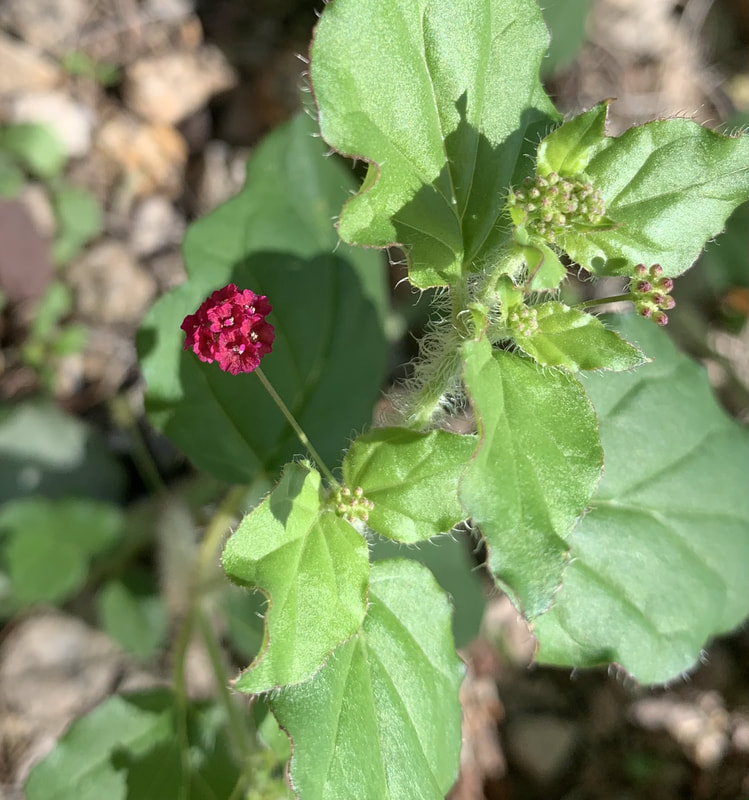
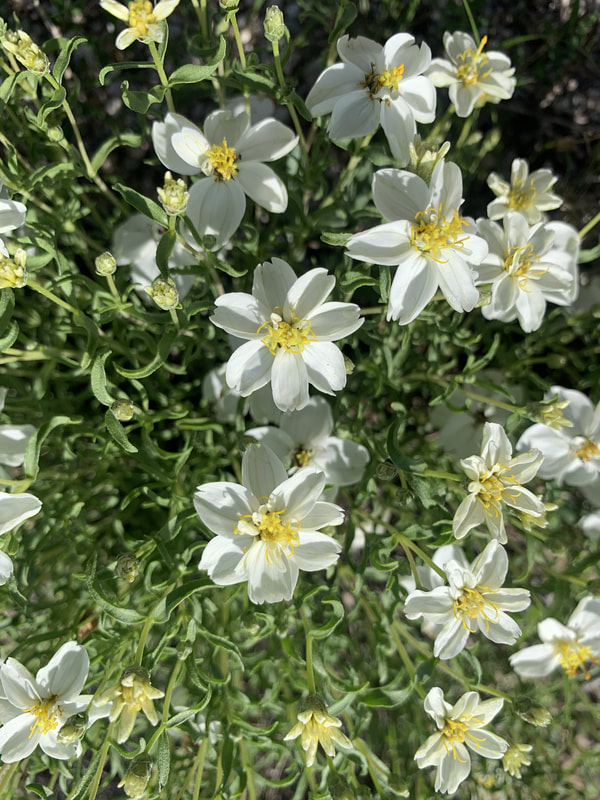
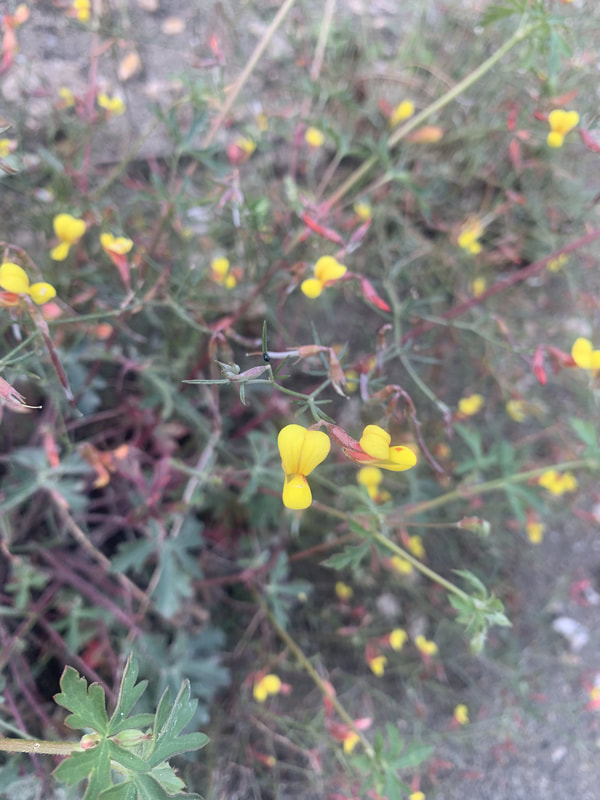
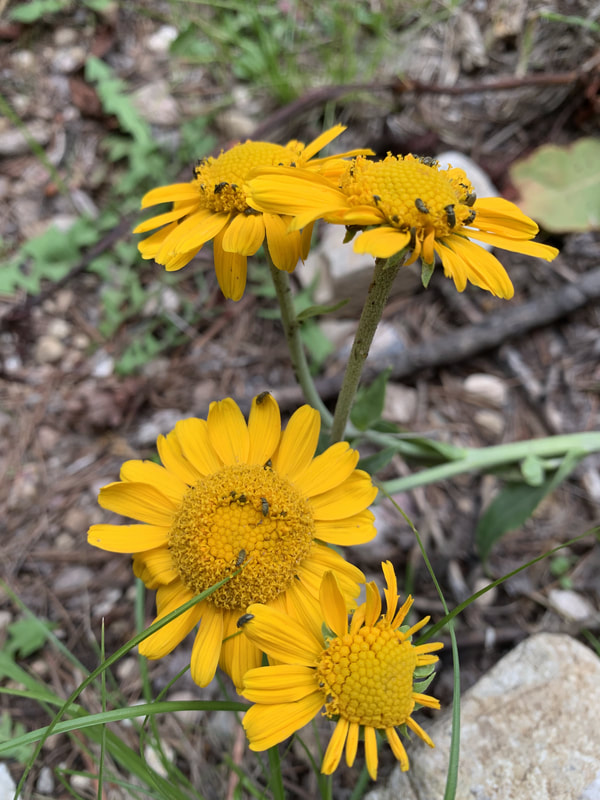
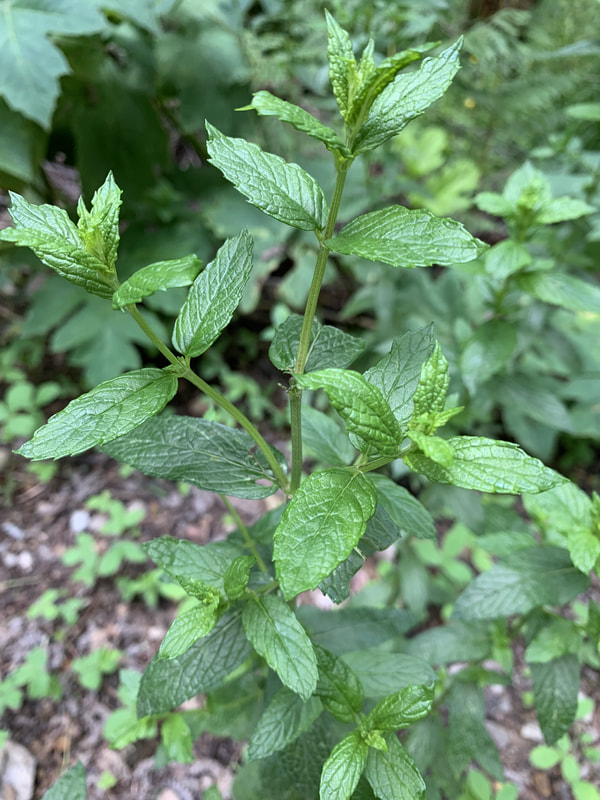

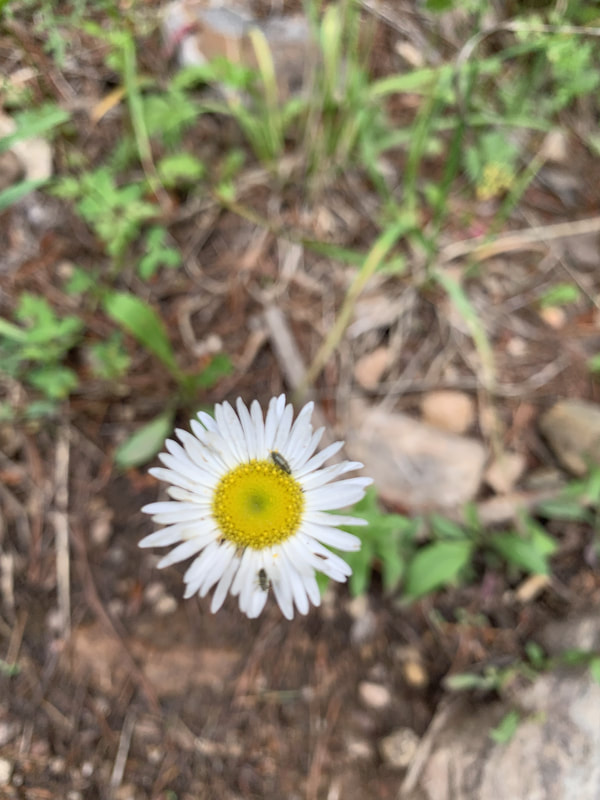
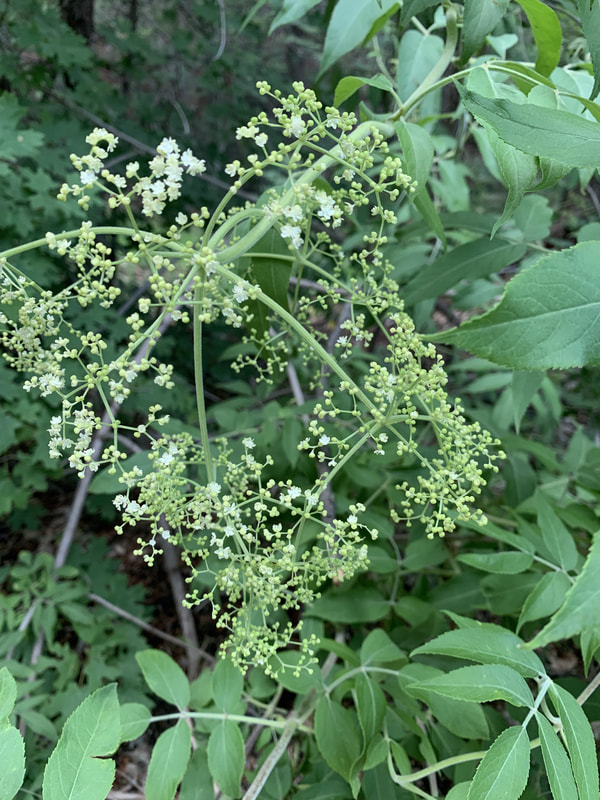
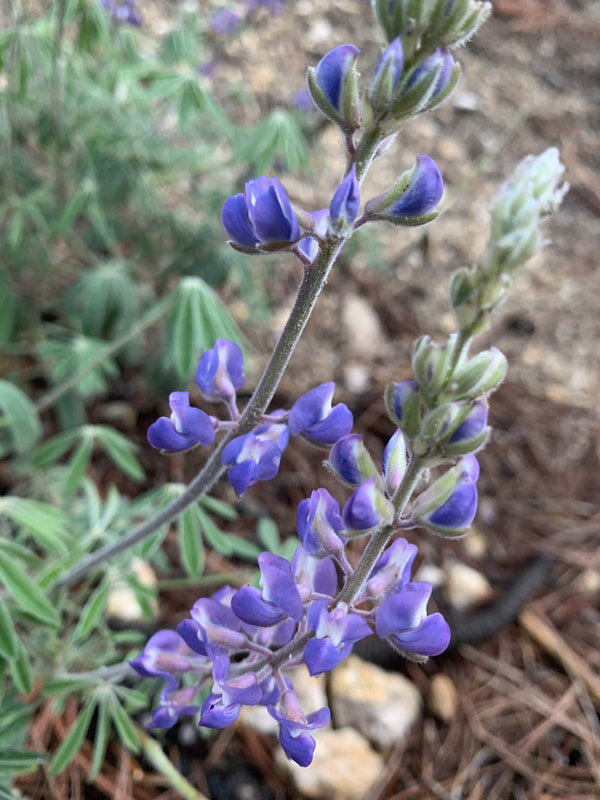
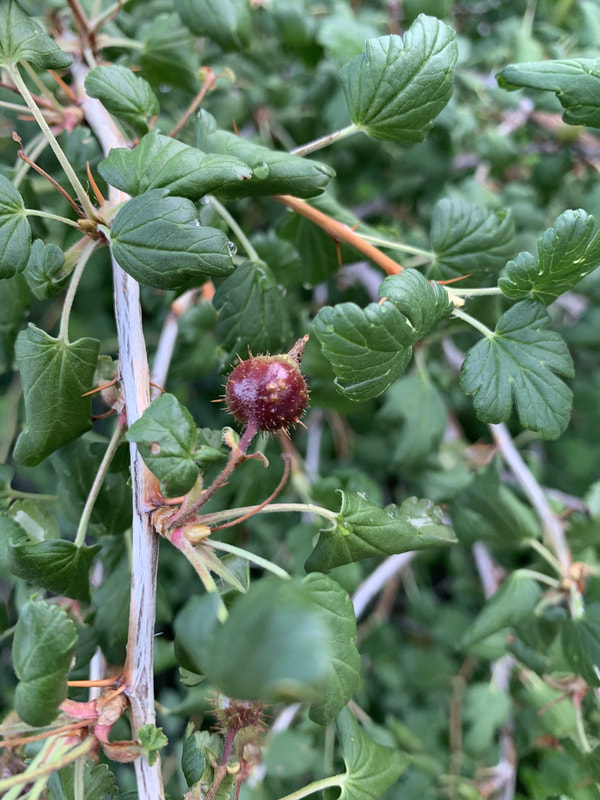

 RSS Feed
RSS Feed
